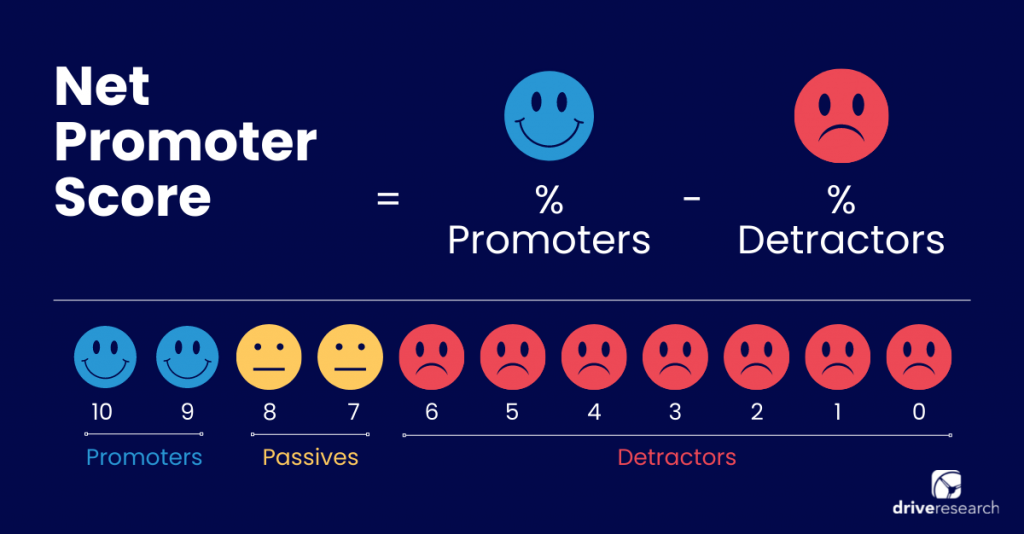
At its core, market research is a simple concept to grasp– if you’re going to try to sell a product or service to as many people as possible, it makes sense to research the wants and needs of your customer base.
Surprisingly, this wasn’t always the standard.
In the past 100 years, market research has changed and revolutionized how companies use these methods to gather crucial insights.
Even in the past few decades, technology has changed exponentially. As a result, common types of market research have been forced to evolve as well. Our market research firm will take you down memory lane, explaining how market research strategies have evolved from the early 1900s to the present day.
Market Research in the early 1900s
Advertisement, in some very basic capacity, has existed ever since humans invented the concept of trade and commerce.
However, advertising as we know it today only really started to surface within the past 100 years in the United States.
Until the 1920s, copywriters and advertisers would write or illustrate information about the goods they planned to sell. They wrote in a way they thought was appealing, publishing it for the public to see, and hoped that their idea grabbed the attention of paying customers.
However, the 1920s in the US brought the Golden Age of radio and drastically changed how information was shared and distributed to the public.
Suddenly, nearly anything put on the air could be heard by thousands of people across the country.
With this heightened exposure, of course, came much-heightened competition amongst businesses vying for potential customers’ attention.
This resulted in the need for relying on consumer feedback to create data-driven marketing campaigns.
The Key Takeaway: With the advent of radio, the foundation for future market research strategies were created.
Market Research in the late 1900s
It goes without saying that as time progressed, new forms of media and mass communication pushed innovation in advertising and marketing, just as the invention of the public radio did before.
The rising popularity of TV in the 50s led to a new wave of ads in the form of TV commercials, and with that, more grounds for market research.
Test screenings became essential to the release of any new TV show or movie.
Over time, every product in every market had some form of advertisement, and in many cases, research-backed the effectiveness of each ad.
Without a doubt, the biggest recent game-changer in advertising and media was the mass adoption of the internet.
Then, media as a whole became much more interactive.
If the goal of market research was to directly reach and understand your audience, they suddenly became much, much easier to get a hold of.
Even before the explosion of social media as we know it today, the internet boom of the 1990s introduced innovative new ways to communicate with others.
Ultimately, this led to the creation of different types of market research strategies.
For the general public, online bulletin boards and chat rooms allowed people to share their thoughts and feelings with the entire world.
For businesses, not only did their reach massively increase, but innovations in commercial software also made conducting and analyzing both quantitative and qualitative market research much easier and more accessible.
Later on, hybrid research combining the two methods would become commonplace.
A wide array of industries were now able to get insights into their audience that were previously far out of reach, and advertising became specialized and targeted.
The Key Takeaway: Internet accessibility helped sky-rocket market research to where it is today. This innovation allowed businesses to be in direct contact with their consumers.
Market Research in the 2000s
In 2003, Fred Reichheld revolutionized market research by introducing Net Promoter Score (NPS) while at Bain & Company.
NPS begins with a simple question, “How likely are you to recommend us to a friend or colleague?” and then answered on a zero to ten scale.
From that, the responses are usually clustered into three categories:
- Promoters
- Passives
- Detractors.
Promoters
Promoters are those who rank the company or brand as either a 9 or 10.
They are typically the most loyal and are more likely to remain customers over time.
These customers also act as promoters who share their positive experiences with friends and colleagues and encourage them to become new customers.
Passives
Passives are those who rank the company or brand as either a 7 or 8. This group is considered to be “passively satisfied” with lower referral and purchase rates than promoters.
Detractors
Detractors are those who rank the company or brand as either a 0 to 2.
This group is considered to be unhappy customers that account for a large percentage of negative word-of-mouth referrals.
This could discourage potential customers from moving forward and tarnish the company’s reputation.
Calculating NPS
Ultimately, NPS is just the percentage of customers who are promoters minus the percentage of those who are detractors.
Although it was created decades ago, it is still one of the widely-used customer experience measures and relied on companies of all sizes.

Market Research in the 2010s
In the early 2010s, companies trying to recover from the Great Recession began to increasingly invest in market research to generate sales and develop new products.
The 2010s also brought the rise of smartphones, social media, and on-demand consumer insights, which became more accessible than ever before.
With smartphones, participants were easily accessible, and mail-in surveys were falling out of favor for a quicker, easy-to-use online survey.
The Impact of Social Media Advertising
Social media advertising also became popularized during this era as LinkedIn, Twitter, Instagram, and Facebook all began to launch advertising campaigns on their platform.
This revolutionized businesses by gaining them the opportunity to tap into potential customers using social media platforms.
Social media advertising allowed companies to gain more detailed insights and analytics than ever before (i.e., who was coming to their website and clicking on advertisements).
Drive Research often utilizes social media advertising for market research purposes too! We discuss these benefits in, Using 5 Reasons to Consider Facebook for Online Surveys.
The Impact of Facebook Live
In mid-2015 Facebook launched Facebook Live, a live-streaming service that allowed users to stream in real-time to their friends and followers.
This allowed companies to have a new way to connect with their audience and consumers.
Market researchers were able to begin to leverage around-the-clock insights and opinions from customers and users through a wider audience and an expanded reach across the world to assist clients better.
Today market researchers and businesses continue to see the value of big data collected through social media and smartphones.
Recommended Reading: What is Mobile Market Research (MMR)?
Market Research in the 2020s and Beyond
The future of market research is filled with challenges and opportunities.
Technology has come a long way and continues to change the way market research is conducted forever.
What before was a long, tedious, and expensive process has become simplified for anyone and everyone to use.
Now, in 2023, market research is more important than ever.
The prevalence of social media means that every brand and business is even more dependent on the court of public opinion.
One poorly thought-out ad campaign or failed product, and a brand’s reputation could tank overnight. Using tools like campaign evaluation surveys can prevent issues like this and deliver valuable data.
In other cases, a survey or qualitative focus group before a major product or campaign launch could quite literally make or break an entire company’s reputation and future.
Consider additional market research strategies, and how they can promote a brand:
This just goes to show that market research is an incredibly important tool for brands to understand what their audience likes and dislikes.
Fortunately, as time and technology have advanced, it’s easier than ever to hear from the audience you want, when you want.
With the help of a qualified research team and access to the right tools, brands can now make smarter decisions than ever before.
There are many benefits to using a third-party research team, as they provide objectivity to a project.
The Key Takeaway: In 2022, it’s not difficult to develop an innovative market research strategy. What matters most is that you work with an experienced team to guide you along the way.
Contact Our Market Research Company
The foundation of market research is built on communication and accessibility. Creating a thorough market research strategy relies on these two factors, and can yield a tremendous amount of useful data.
Drive Research is a national market research company specializing in qualitative and quantitative services. Our team of senior market research professionals delivers critical insights to achieve your unique business goals.
To learn more about our services, contact our team below.



